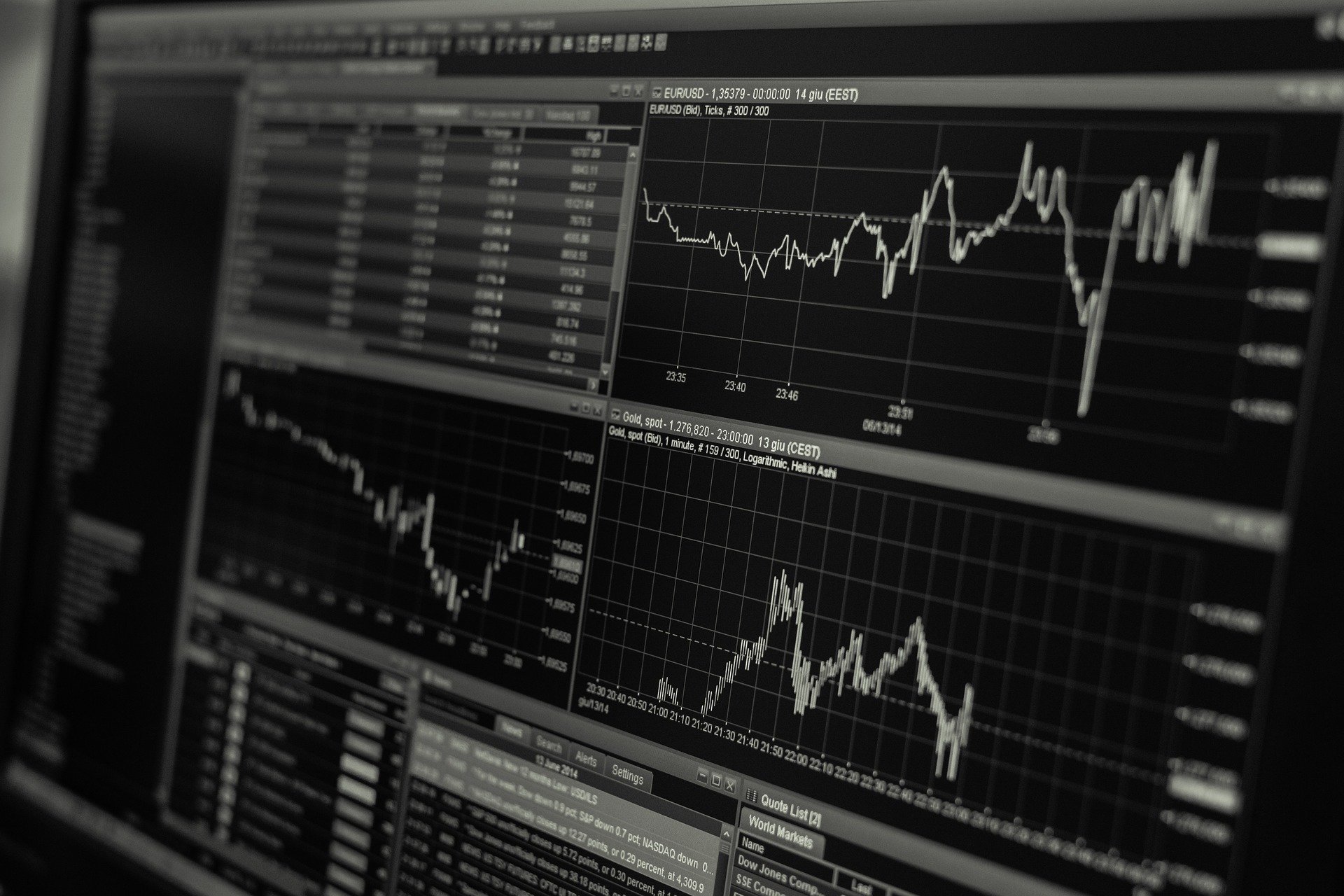Dollar
- The dollar rises as stock market gains fade.
- Risk appetite has been sapped in European morning trade, as European indices have gone negative and US futures are now just staying afloat. Dollar bids have returned, and the dollar is now trading higher against the pound, loonie, Aussie, and kiwi, after some minor losses earlier.
- For the first time since May 2020, cable has dipped below 1.2100:
- The dollar’s earlier dip has little technical significance and is more due to the market needing a break. Risk, on the other hand, is showing signs of concern again, making the greenback easy pickings.
- All things considered, the GBP/USD continues to look poised for a run towards 1.2000.
- Elsewhere, the EUR/USD has dropped from 1.0485 to 1.0435, while the yen has benefited from lower bond rates (at least at the longer end of the curve) thus far in the session. As the push and pull just below the 135.00 handles continues, the USD/JPY is down 0.2 percent to 134.15.
Crypto market
• Bitcoin’s current decline cycle has most certainly found its “bottom.”
In the last 24 hours, Bitcoin has risen 2.4 percent to $30.5K. Ethereum is now trading at $1820, up 0.2 percent. Ether was one of the laggards, which was surprising. The top ten altcoins increased from 1.5 percent (BNB) to 4.1 percent (Solana).
According to CoinMarketCap, the total crypto market capitalization increased by 1.8 percent overnight to $1.26 trillion. The dominance index for Bitcoin increased by 0.2 percent to 46.3 percent. By Friday, the bitcoin fear and greed index had dropped 3 points to 10 and was still in “severe dread.”
After a big drop the day before, Bitcoin rallied on Thursday. A weaker dollar and strong stock indices helped the gain. The local decline (which had previously been a consolidation triangle from May 10) has now become a support line. This is good news in the short run. It’s important to note, though, that this is a delicate structure that might be shattered by a stronger dollar or a market reaction to labour market news.
According to Arthur Hayes, the former CEO of the BitMEX cryptocurrency exchange, Bitcoin has already touched the “bottom” of its current downtrend and will not fall below $25,000 in the near future. When the Fed stops hiking rates, though, a market trend reversal is likely.
The bearish phase will end in six months as per BTC. TOP CEO Jiang Zhuoer. The Ethereum upgrade, which is expected to happen between October and December, could be a trigger for this. The failure of the US Federal Reserve to raise interest rates will also be a positive element.
According to a Goldman Sachs poll, 6% of global insurance companies have invested in cryptocurrencies or intend to do so. A growing number of investors regard digital currencies as a valuable tool for portfolio diversification, according to the Economist Impact study.
Interest rates
• We had emergency settings during the epidemic, according to RBA governor Philip Lowe in a television interview
• However, now that the emergency is ended, it’s time to turn off the emergency settings.
• It’s past time for the Fed to return to more normal monetary policy settings.
• Expects inflation to reach 7% by the end of the year.
• RBA is confident in its ability to return inflation to the target range of 2% to 3%.
That’s essentially a repeat of the turn they did in May. There isn’t much to suggest where they’re going, but as long as inflation pressures remain high, the RBA is likely to stick to its more aggressive tightening strategy for the time being.
#edgeforex #forexsignals #forextrading #forex #crypto #dollar #technicals #interest rates #RBA #coinmarketcap #Risk #Break #Goldman sach

